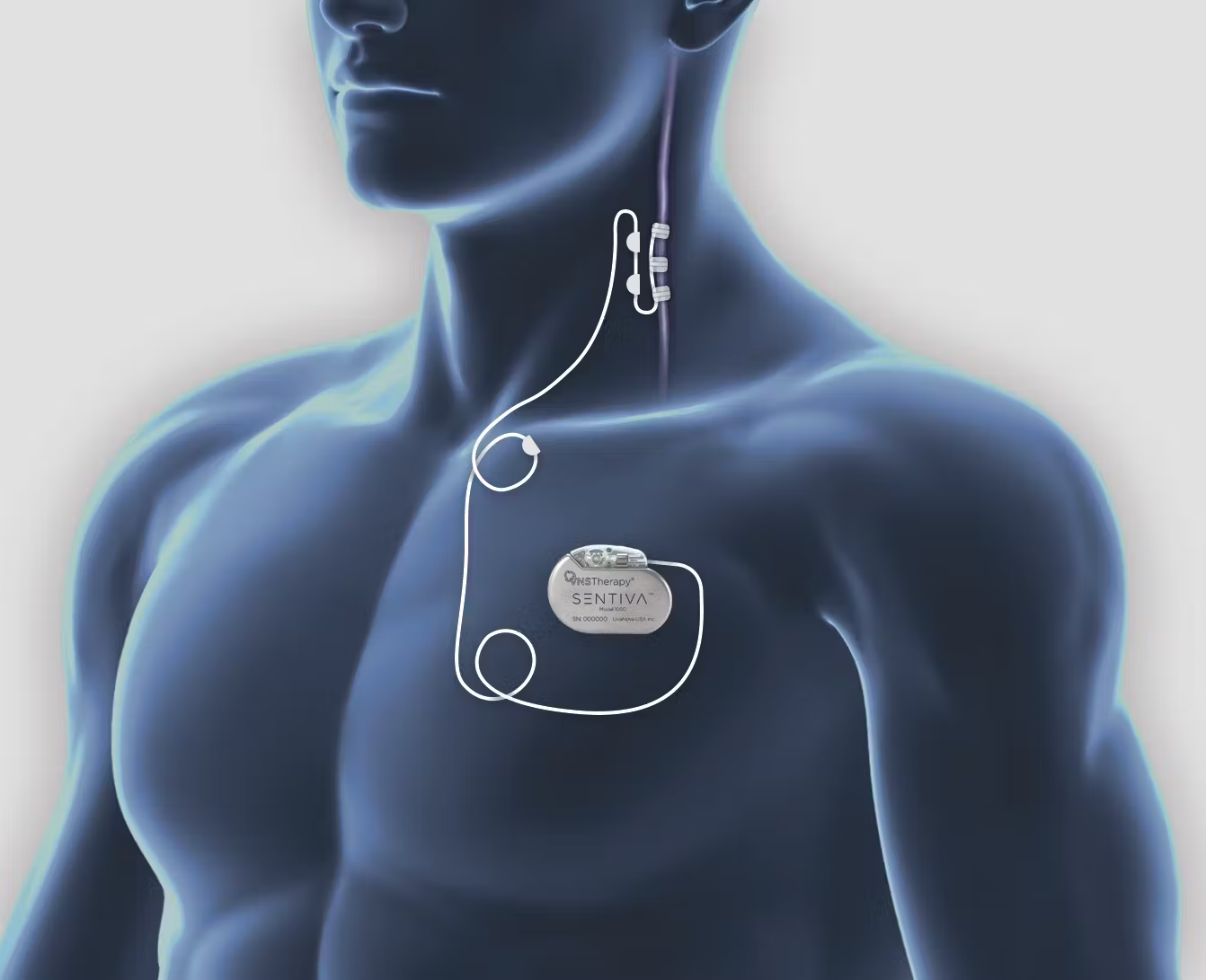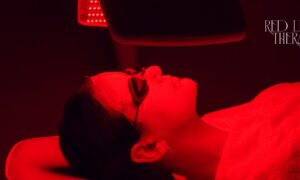Anxiety affects millions of people worldwide, and for many, traditional treatments like therapy and medication aren’t always enough. As the search for alternative treatments continues, vagus nerve stimulation for anxiety has emerged as a promising new therapy. Originally used for epilepsy, vagus nerve stimulation (VNS) is now gaining traction as a potential treatment for anxiety and depression. But how does it work, and why is it becoming a go-to option for those struggling with anxiety? In this post, we’ll explore the science behind vagus nerve stimulation, how it’s used to manage anxiety, and the benefits it can offer.
What is Vagus Nerve Stimulation (VNS)?
Vagus nerve stimulation (VNS) involves the use of a small device that sends electrical impulses to the vagus nerve, which runs from the brainstem to the abdomen. This nerve is crucial for controlling a variety of bodily functions, including heart rate, digestion, and mood regulation. By stimulating the vagus nerve, VNS aims to influence the brain’s electrical activity, helping to calm an overactive nervous system. Though originally developed to treat epilepsy, researchers have found that vagus nerve stimulation for anxiety can offer similar benefits for those struggling with anxiety disorders.
The vagus nerve plays an important role in the parasympathetic nervous system, which controls the body’s relaxation response. When this nerve is underactive, the body may struggle to cope with stress, leading to symptoms of anxiety. VNS aims to activate this nerve, promoting relaxation and reducing anxiety symptoms.
The Science Behind Vagus Nerve Stimulation for Anxiety
Vagus nerve stimulation works by sending electrical impulses to the vagus nerve, which in turn sends signals to the brain to help regulate mood. This process helps to calm the nervous system and reduce the symptoms of anxiety. Over time, these signals can influence the brain’s neurotransmitters, such as serotonin and norepinephrine, which play key roles in regulating mood and anxiety levels.
The vagus nerve is involved in what’s known as the “rest and digest” state, which counters the body’s “fight or flight” response triggered by stress. By stimulating this nerve, vagus nerve stimulation for anxiety can help to reduce the body’s fight-or-flight reaction, which is a common cause of heightened anxiety. When the vagus nerve is activated, the brain begins to produce calming signals, helping to alleviate feelings of anxiety and promoting overall mental well-being.
How Vagus Nerve Stimulation Can Help Manage Anxiety
- Reduction in Anxiety Symptoms
The most significant benefit of vagus nerve stimulation for anxiety is its potential to reduce anxiety symptoms. Clinical studies have shown that patients who undergo VNS therapy experience fewer anxiety attacks and reduced anxiety levels over time. This can be particularly helpful for individuals with generalized anxiety disorder (GAD), panic disorder, and social anxiety, who may not have found relief from other treatments. - Minimal Side Effects
Compared to many medications prescribed for anxiety, vagus nerve stimulation for anxiety has relatively few side effects. While there may be some discomfort from the device or minor skin irritation around the implant site, VNS is generally considered to have a low risk of adverse effects. This makes it a compelling option for those who experience significant side effects from anxiety medications, such as weight gain, fatigue, or dizziness. - Non-Invasive Options
In addition to the implantable VNS device, there are non-invasive vagus nerve stimulation exercises for anxiety that individuals can practice at home. These exercises include techniques such as deep breathing, chanting, and meditation, which have been shown to activate the vagus nerve and promote relaxation. While these methods may not be as powerful as an implanted device, they offer a convenient and natural way for individuals to manage their anxiety on their own. - Complementary Treatment
For some individuals, vagus nerve stimulation for anxiety is most effective when used alongside other forms of treatment, such as cognitive-behavioral therapy (CBT) or medication. By working in tandem with traditional therapies, VNS can enhance the overall effectiveness of treatment, providing a more comprehensive approach to managing anxiety.
Non-Invasive Methods for Stimulating the Vagus Nerve
While implantable devices are an option for vagus nerve stimulation for anxiety, non-invasive methods are also available. One of the simplest ways to stimulate the vagus nerve is through how to stimulate the vagus nerve for anxiety exercises. These exercises include:
- Deep Breathing: Slow, controlled breathing activates the vagus nerve, which in turn helps to activate the parasympathetic nervous system and reduce anxiety.
- Yoga: Certain yoga poses, such as those that focus on the neck and throat area, can help to stimulate the vagus nerve and promote relaxation.
- Meditation and Mindfulness: Practices that focus on breath control and present-moment awareness can activate the vagus nerve, reducing stress and anxiety.
- Cold Exposure: Splashing your face with cold water or using cold compresses can also stimulate the vagus nerve, helping to calm the body’s stress response.
Is Vagus Nerve Stimulation Right for You?
Before considering vagus nerve stimulation for anxiety, it’s important to consult with a healthcare provider. VNS is not suitable for everyone, and a medical professional can help determine whether this therapy is a good fit based on your individual health needs and the severity of your anxiety symptoms. For those who haven’t found relief from other treatments, VNS can offer a promising alternative.
Conclusion
Vagus nerve stimulation for anxiety is a breakthrough treatment option for individuals struggling with chronic anxiety. By activating the vagus nerve, this therapy can help calm the nervous system, reduce anxiety symptoms, and promote overall mental health. Whether through an implanted device or simple at-home exercises, VNS offers a natural, non-invasive solution for those seeking relief from anxiety. As research into this therapy continues to evolve, more individuals may benefit from the healing power of vagus nerve stimulation.
If you’ve been searching for alternative ways to manage anxiety, vagus nerve stimulation may provide the relief you’ve been looking for. Speak with a healthcare provider to explore whether this treatment could be right for you, and take the first step toward a calmer, more balanced life.



































